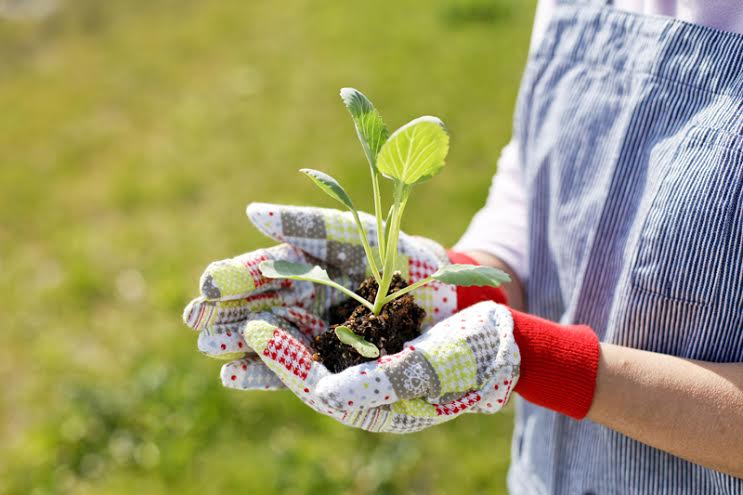Tips on Taking Your Garden to Your New Home
Moving a house is a challenging task for anyone, but if you consider the garden as a vital part of your home, you suffer even more.
Let’s face it, leaving the garden you have planted and nurtured for a decade or more is rather stressful. Nevertheless, a new garden means a new beginning, new set of opportunities and new challenges.
Opt for Winter
Although it can depend on the type of plants you want to take with you, winter is probably the best time to do this. This is because plants are in dormancy or growing slowly in winter, so you would be able to dig up and transport them to your new place almost without any damage.

Since the temperatures are cooler in cold winter months, plants will come under less stress during relocating. Finally, it would be so painful to leave a garden when it’s in full bloom, thus the winter is emotionally a better choice, too.
Reconsider Transplanting
It’s important to realize that not all the plants are good candidates for a move. There are strict legal requirements in some states (for example Western Australia and Tasmania), so it’s prohibited to import a plant without quarantine certificates. If a plant is big, old and well established, it might be hard to move it without professional help, so check the transportation costs with home removalists in your city.
A plant that’s wide and more than one meter high usually has a heavy root ball. For some bigger plants, it’s necessary to call on the services of a small digger, since muscle power won’t be enough. If, however, you don’t get most of the roots, your plant may grow slowly in its new location or it might even die.
Plants that grow readily from cutting or seed don’t need to be moved; you can simply collect seeds or take cuttings with you, instead of digging up the plant. If a plant produces runners with their own roots or it forms a clump, you could dig up a part of the plant and leave the rest of it behind.
Learn about your new area and its weather conditions to make sure your new climate will suit those plants you intend to move; never transplant plants out of their preferable climate zone. But, if you think and feel some plant is irreplaceable, you should do your best to move it and help it grow again.
Tips on Moving a Plant
You should prepare your beloved plants for their move well in advance. It would be best if you could start with this process several months prior to your relocation. Digging a trench around the plant will sever the main roots and induce forming of new, fine roots that can help your plant adapt to the new location (once you transplant it).
Give the root area enough water and sand/compost regularly. Every couple of weeks you could apply a seaweed tonic, too. Once you get ready to move, dig your plant out and slip some large sheet of plastic or hessian under the plant’s root ball to keep the system together and to make it easier to handle the plant.
If it’s necessary to put the plant in a pot, use commercial potting mix and water your plant well. If a plant you want to move is very valuable and you cannot do the job on your own, call on the services to help you with such a complicated task.
Author Bio: Bill Chen received the Bachelor Degree of Commerce majoring in Business Administration from University of Sydney. Currently, he is a businessman and running his interstate and local removal company named Bill Removalists Sydney. Bill Removalists Sydney offers home removals in Manly, Northern Beaches, Eastern, Inner West suburbs and other areas in Sydney and surrounding cities. He is also an active blogger for his own website and other sites in the industry.











